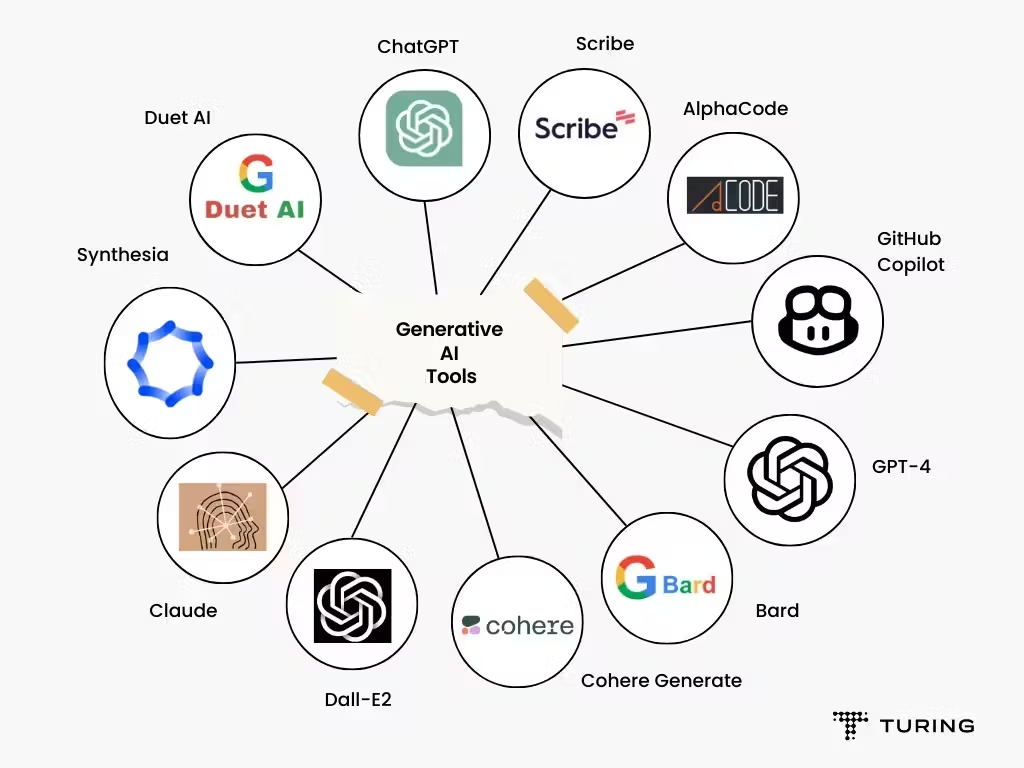AI Generative Models Explained
 Jay Vaidya
Jay Vaidya
Generative AI is a branch of artificial intelligence that focuses on creating original content like images, text, music, or scenarios without direct copying from existing data. Unlike other AI types that analyze and classify data, generative AI generates new data based on learned patterns from a dataset. It uses neural networks, machine learning algorithms inspired by the human brain's structure, to learn and replicate patterns from large datasets for generating new content.
There are several types of generative AI techniques, including:
Generative Adversarial Networks (GANs): GANs consist of two neural networks - a generator and a discriminator - that are trained simultaneously. The generator creates new data samples, while the discriminator evaluates them to determine if they are real or fake. Through this adversarial process, both networks improve over time, leading to the generation of increasingly realistic data.
Variational Autoencoders (VAEs): VAEs are another type of generative model that learns to encode input data into a lower-dimensional latent space and then decode it back into the original data space. By sampling from the latent space, VAEs can generate new data samples that resemble the training data.
Recurrent Neural Networks (RNNs) and Transformers: RNNs and transformers are often used for generating sequential data, such as text or music. These models learn the sequential patterns present in the training data and use that knowledge to generate new sequences one step at a time.
Generative AI has numerous applications across various industries, including:
Art and Design: Generative AI can create unique artworks, designs, and animations, inspiring artists and designers to explore new creative possibilities.
Content Creation: It can generate realistic images, videos, and text for use in marketing, advertising, and entertainment.
Gaming: Generative AI can create virtual environments, characters, and narratives, enhancing the gaming experience with dynamic and personalized content.
Healthcare: It can assist in drug discovery, medical imaging analysis, and personalized treatment planning by generating synthetic data for research and analysis.

However, generative AI also brings up some serious stuff like data privacy, bias, and how people might misuse AI-generated content. As this tech keeps getting better, it's super important to tackle these problems and make sure we use generative AI in a responsible and ethical way.
In the big picture, generative AI is a cool tool for creativity and innovation. It could totally shake things up in different parts of our lives down the road.
Subscribe to my newsletter
Read articles from Jay Vaidya directly inside your inbox. Subscribe to the newsletter, and don't miss out.
Written by
Jay Vaidya
Jay Vaidya
I craft digital experiences with code and words. Full-stack web developer by day, copywriter by... also day. I build websites and write the content that makes them shine. Drop a Dm on 𝕏!